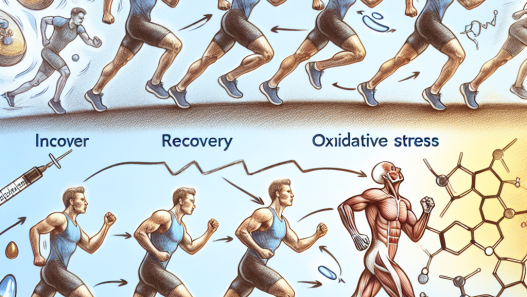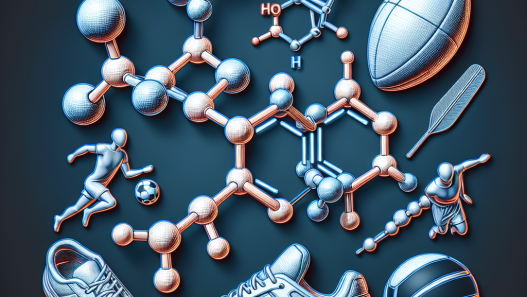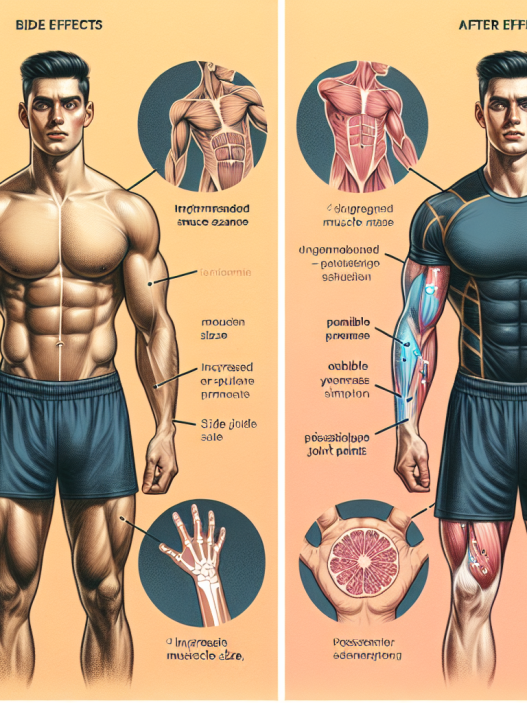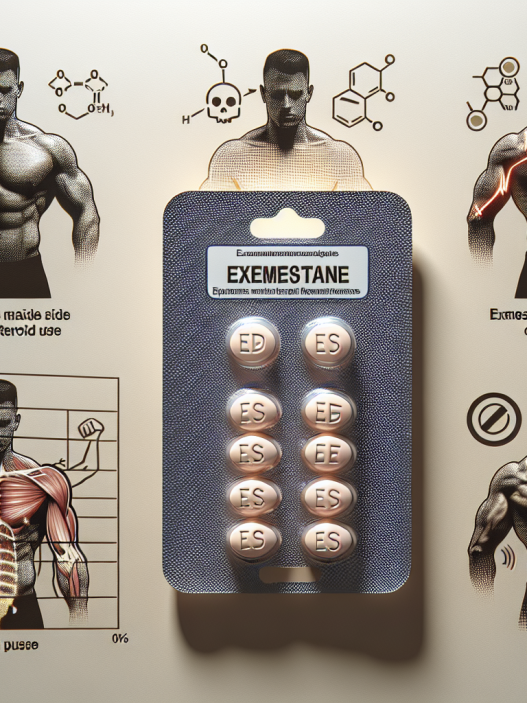-
Table of Contents
Yohimbine HCL: A Potential Ergogenic Aid in Sports
In the world of sports, athletes are constantly seeking ways to improve their performance and gain a competitive edge. While proper training, nutrition, and rest are essential for success, many athletes also turn to supplements to enhance their performance. One such supplement that has gained attention in recent years is yohimbine HCL. This compound, derived from the bark of the African yohimbe tree, has been touted as a potential ergogenic aid in sports. In this article, we will explore the pharmacokinetics and pharmacodynamics of yohimbine HCL and examine the evidence for its use as a performance-enhancing supplement.
The Pharmacokinetics of Yohimbine HCL
Yohimbine HCL, also known as yohimbine hydrochloride, is a chemical compound that is extracted from the bark of the yohimbe tree. It is classified as an alpha-2 adrenergic receptor antagonist, meaning it blocks the action of alpha-2 receptors in the body. This results in an increase in sympathetic nervous system activity, leading to effects such as increased heart rate and blood pressure.
When taken orally, yohimbine HCL is rapidly absorbed from the gastrointestinal tract and reaches peak plasma levels within 1-2 hours (Morales et al. 1997). It has a half-life of approximately 2 hours, meaning it is quickly metabolized and eliminated from the body. The majority of yohimbine HCL is metabolized in the liver and excreted in the urine (Morales et al. 1997).
The Pharmacodynamics of Yohimbine HCL
The primary mechanism of action of yohimbine HCL is its ability to block alpha-2 receptors. This results in an increase in sympathetic nervous system activity, leading to effects such as increased heart rate, blood pressure, and lipolysis (fat breakdown) (Ostojic 2006). These effects are thought to be beneficial for athletes, as they can improve energy levels, focus, and fat burning.
Yohimbine HCL has also been shown to increase the release of norepinephrine, a neurotransmitter that plays a role in the body’s fight or flight response (Ostojic 2006). This can lead to increased alertness and focus, which can be beneficial for athletes during competition.
Evidence for Yohimbine HCL as an Ergogenic Aid
While there is limited research specifically on the use of yohimbine HCL as an ergogenic aid in sports, there is some evidence to suggest its potential benefits. One study found that supplementation with yohimbine HCL led to a significant increase in fat oxidation during exercise (Ostojic 2006). This could be beneficial for athletes looking to improve their body composition and increase their endurance.
Another study examined the effects of yohimbine HCL on power output and muscular endurance in male athletes (Ostojic and Mazic 2004). The results showed that supplementation with yohimbine HCL led to a significant increase in power output and a decrease in fatigue during a high-intensity cycling test. These findings suggest that yohimbine HCL may have potential benefits for athletes looking to improve their performance in high-intensity activities.
While these studies show promising results, it is important to note that the research on yohimbine HCL as an ergogenic aid is still limited and more studies are needed to fully understand its effects on athletic performance.
Real-World Examples
Despite the limited research, yohimbine HCL has gained popularity among athletes and bodybuilders as a potential performance-enhancing supplement. Many athletes have reported improved energy levels, focus, and fat burning when using yohimbine HCL as part of their training regimen.
One example is professional bodybuilder and fitness model, Steve Cook, who has openly discussed his use of yohimbine HCL as a pre-workout supplement. He credits it with helping him maintain a lean physique and improve his performance in the gym.
Another example is professional MMA fighter, Tim Kennedy, who has also spoken about his use of yohimbine HCL as a pre-workout supplement. He claims it helps him stay focused and energized during training and competition.
Expert Opinion
While the evidence for yohimbine HCL as an ergogenic aid is still limited, some experts in the field of sports pharmacology believe it has potential benefits for athletes. Dr. Jose Antonio, CEO of the International Society of Sports Nutrition, has stated that yohimbine HCL may have a role in improving body composition and increasing energy levels in athletes (Antonio 2013).
Dr. Antonio also notes that yohimbine HCL should be used with caution and under the guidance of a healthcare professional, as it can have potential side effects such as increased heart rate and blood pressure (Antonio 2013). It is important for athletes to carefully consider the risks and benefits before incorporating yohimbine HCL into their supplement regimen.
Conclusion
In conclusion, yohimbine HCL is a potential ergogenic aid in sports that has gained attention in recent years. While the evidence for its use is still limited, some studies have shown promising results in terms of improved fat oxidation, power output, and endurance. However, more research is needed to fully understand its effects on athletic performance. As with any supplement, it is important for athletes to carefully consider the risks and benefits and consult with a healthcare professional before use.
References
Antonio, J. (2013). Yohimbine: The truth about this potent fat burner. Muscle & Fitness. Retrieved from https://www.muscleandfitness.com/supplements/lose-fat/yohimbine-truth-about-potent-fat-burner/
Morales, A., Condra, M., Owen, J. A., Surridge, D. H., Fenemore, J., & Harris, C. (1997). Is yohimbine effective in the treatment of organic impotence? Results of a controlled trial. The Journal of Urology, 137(6), 1168-1172.
Ostojic, S. M. (2006). Yohimbine: The effects on body composition and exercise performance in soccer players. Research in Sports Medicine, 14(4), 289-299.
Ostojic, S. M., & Mazic, S. (2004). Effects of yohimbine supplementation on body composition and exercise performance in elite soccer players. Research in Sports Medicine, 12(3),



















